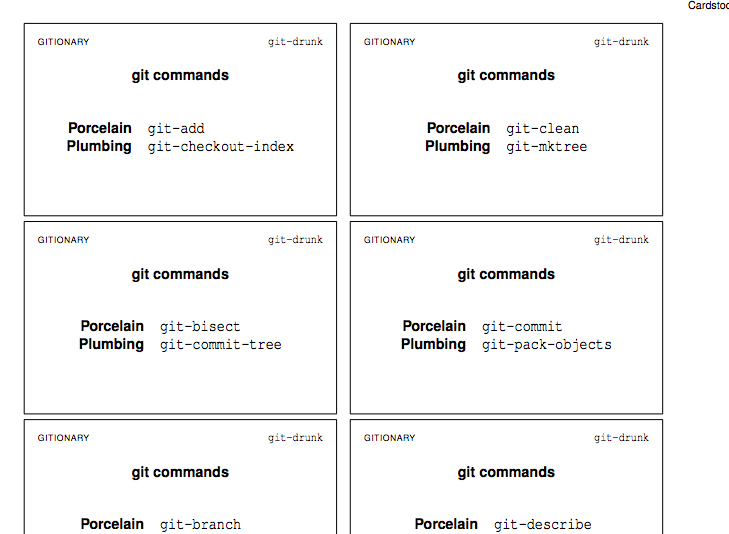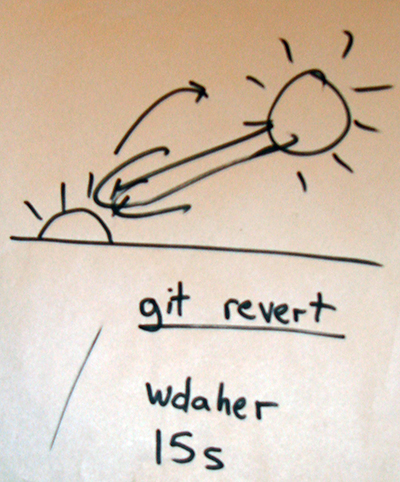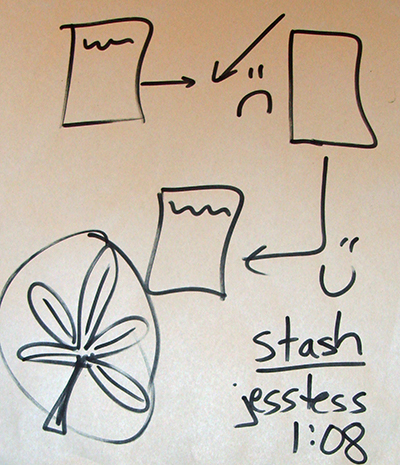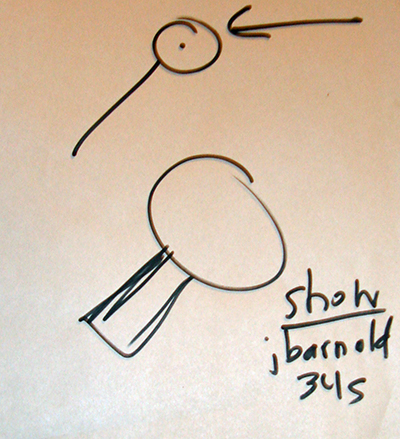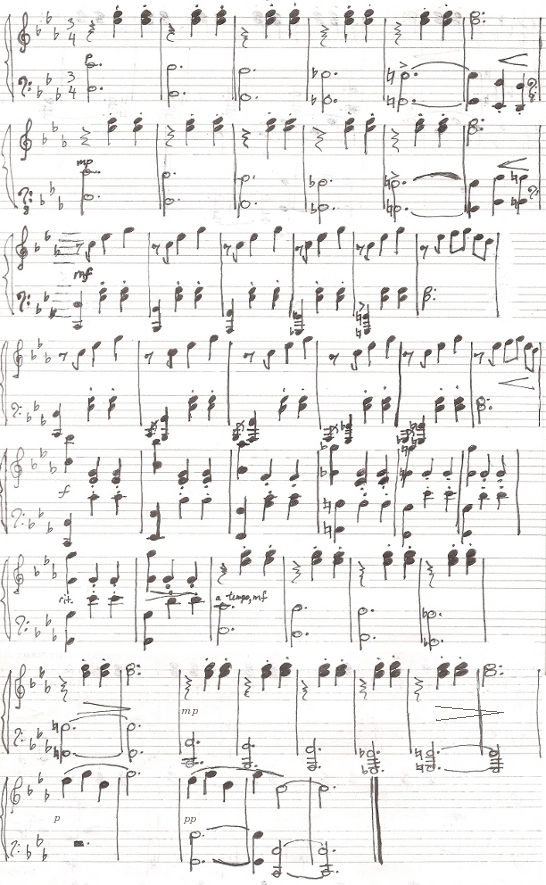In a little less than a month, the MIT undergraduate body will elect new leadership for their primary advocacy group, the Undergraduate Association. Every year around later February and early March, students who consider themselves relatively politically active request an increase in transparency and engagement from the candidates, and by the time the next October rolls around, everyone is complaining that communication is broken.
I will admit that they are right: communication is definitely broken. In fact, it is broken for a large number of reasons. But I refuse to agree that the problem lies solely with their favorite scapegoats - the leaders and most active members of the advocacy group; there is a common misconception that the communicators are the primary reason for communications breakdown.
Let's get a better understanding of how communication efforts succeed or fail in light of this common misconception by looking at the interactions between an exceptional UA student representative and constituency. Of course, I cannot touch upon every communications failure through just one story, but this particular story highlights some of the more {prevalent, interesting} ways in which communications break down.
There does not exist one form of communication that works for everyone.
Often, communicators believe that employing the ways in which they garner information is sufficient for communicating with a larger group. This is an egregious mistake as people have different listening styles. Some want to hear every last detail, but others are uninterested in anything more than the bare bones. Some want to actually listen and absorb every word they hear, while others glean and retain information better through conversation. This is why this particular student representative reached out to his constituency in a variety of different ways.
The first was through the classic means of communication at MIT: email. Of course, emails he wrote communicating the latest news and best ways to get involved could be deleted upon receipt, even filtered to make them easier to ignore.
To communicate with his constituency in a more personal manner and directly tie them to the decision makers, he arranged events with administrators surrounding many of the relevant issues, such as the threat of mandatory meal plans and the future structures of student support. Numerous such events were held over the course of the fall semester, and no major topic was left untouched by some event held in the large common room of his dorm. What better way than to get the information and two-way communication you feel you deserve with both your representatives and MIT administrators than from the comforts of your very own dormitory!
Still, maybe someone was troubled by some anomalous political question that may otherwise fall through the cracks. To account for this case, he held weekly "office hours" on a rotating schedule so that anyone could bring any concern, suggestion, or question to his attention.
Were his constituents satisfied? In short, no, but the better question is "Was their lack of satisfaction his fault?"
Communication not only requires an active sender, but also an active receiver.
When there is a breakdown in communication between an organization representing significantly more people than just themselves and their representatives, it is easy to blame the failure on the organization. It's a simple numbers game, really: if this many of us don't know what the few know, then it has to be the fault of the few. More often than not, this mindset is incorrect.
Instead of applauding him for being prompt in sending thoughtful summary emails, constituents complained to each other that these emails did not include enough of the relevant information for specific issues. Instead of appreciating the extra time, effort, and expenditure of political capital to get administrators to host a forum or event in their dorm after hours, constituents secretly snarked about the inevitable shortcomings with each other. Instead of suggesting alternate times for office hours to their representative, constituents would bad mouth their representative for not happening to hold office hours during the one hour a week they were free behind his back. (Rest assured, as soon as others in the UA caught wind of these complaints, they informed him.)
It's great to communicate your desires for transparency and two-way information flow, but why bother if you don't care enough to communicate once you have an open and engaging system in place?
Perception is reality, both for the sender and the receiver.
The biggest failure in this story was not just the constituency's failure to communicate their dissatisfaction to the representative, but also the indirect effects of that action. The constituency, while primarily the receiver, gave the sender incorrect feedback surrounding his efforts. Regardless of whether or not he was in fact doing a good job, they never informed their representative that he was letting them down. This left him to draw the only conclusion he could: that they were satisfied with the level of communication he facilitated.
This disconnect can only cause the perceived communication gap to grow, because failing to improve on something deemed "unacceptable" only gets worse with time. Unsurprisingly, members of his constituency who finally admitted that they had found his strategies incomplete were more disgruntled at the end of the semester.
Communication is a long-term commitment.
As the story of our exceptional representative illustrates, communication is not just a two-way street, but one that needs to be crossed regularly. Otherwise, it will become wider and wider until it can no longer be crossed.
It is my hope that the undergraduate body at MIT never reaches that point. This is why I challenge undergraduates to take an active role in the communication they desire with their student representatives for more than just an election season towards the end of winter: hold your leaders and representatives accountable by actively taking advantage the communication they offer throughout the entire year.
